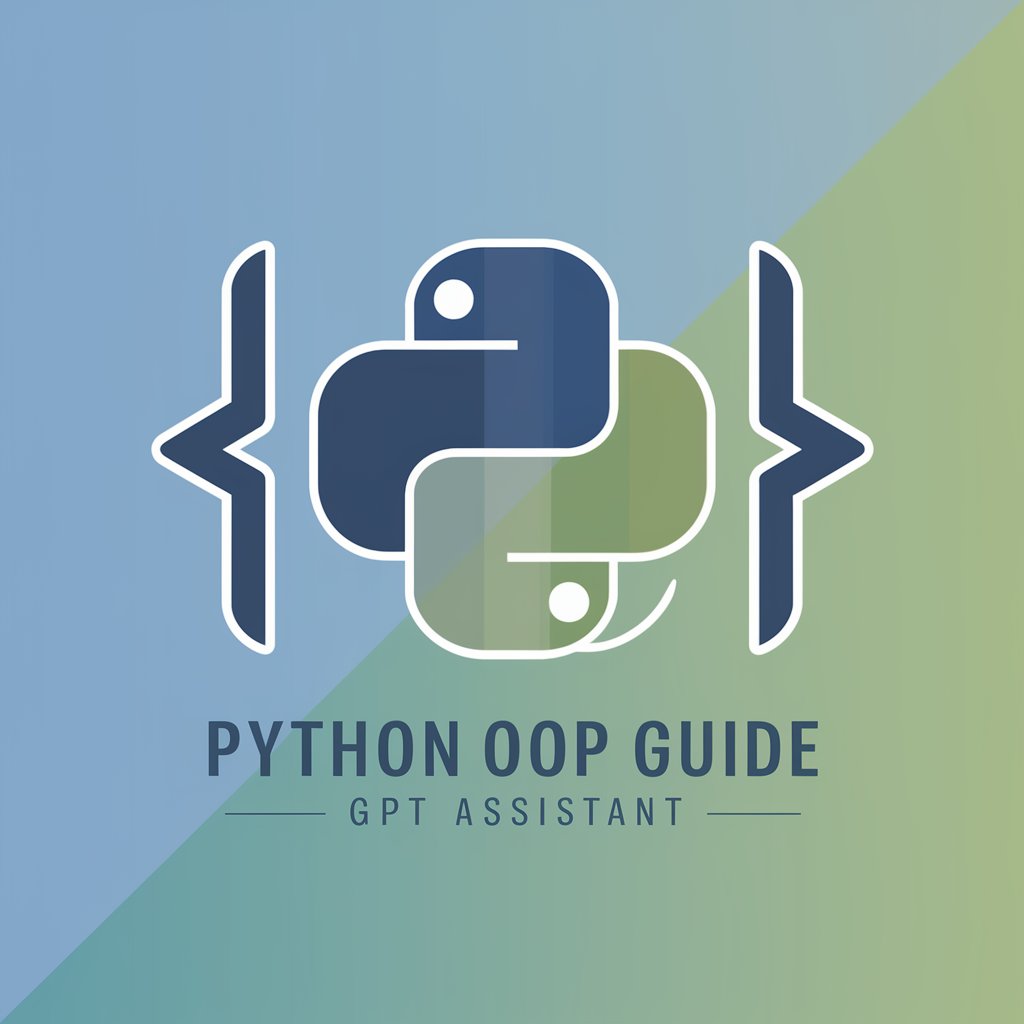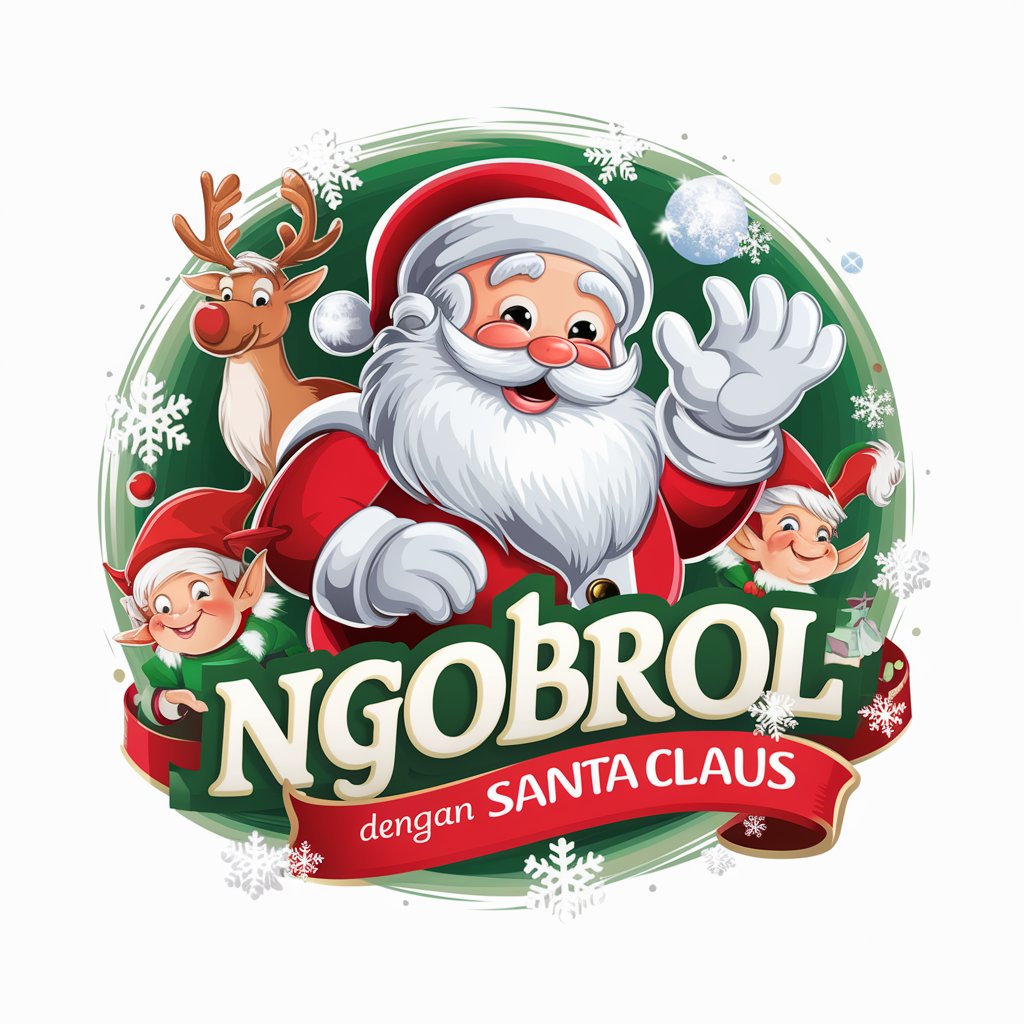Python OOP Guide - Python OOP Learning

Hello! Ready to dive into Python OOP?
Master Python OOP with AI
Explain the concept of inheritance in Python OOP with examples.
How can I use encapsulation to protect data in a Python class?
Describe how to integrate Python with REST APIs for web development.
What are the benefits of using version control systems like Git for Python projects?
Get Embed Code
Introduction to Python OOP Guide
Python OOP Guide is designed to be an educational resource focused on teaching Object-Oriented Programming (OOP) principles through Python. It aims to demystify OOP concepts such as classes, objects, inheritance, polymorphism, encapsulation, and abstraction, making them accessible to learners of all levels. The guide provides clear, concise explanations complemented by practical examples, enabling users to understand and apply OOP principles in Python effectively. For instance, users can learn how to create a class representing a real-world concept, like a 'Car', and then instantiate objects from it to represent individual cars with specific attributes (color, model) and behaviors (drive, brake). Powered by ChatGPT-4o。

Main Functions of Python OOP Guide
Explanation of OOP Concepts
Example
Explains the four pillars of OOP (Encapsulation, Abstraction, Inheritance, Polymorphism) with examples, such as using a 'Vehicle' class to demonstrate inheritance by extending it into 'Car' and 'Bike' subclasses.
Scenario
A beginner wants to understand how inheritance allows for code reuse and the creation of a hierarchical organization of classes.
Practical Programming Examples
Example
Provides code snippets showing how to implement encapsulation by defining private attributes in a class, such as '_speed' in a 'Car' class, to prevent direct access from outside the class.
Scenario
A student is working on a class project that requires creating secure and robust class structures by properly encapsulating data.
Problem-Solving Scenarios
Example
Presents common programming challenges and how OOP can solve them, like designing a system to manage a library's books, patrons, and loans using classes and objects.
Scenario
An aspiring software developer needs to design an OOP system for a real-world application and seeks guidance on structuring their code.
Ideal Users of Python OOP Guide Services
Beginner Programmers
Individuals new to programming or Python, seeking to understand the basics of OOP. They benefit from the guide's clear explanations and examples that build a solid foundation in OOP principles.
Students
Students studying computer science or related fields who need to grasp OOP concepts for academic projects or to prepare for exams. The guide offers detailed examples and problem-solving scenarios relevant to their coursework.
Software Developers
Experienced programmers looking to refresh their OOP knowledge or transition to Python from other languages. They can leverage the guide to quickly adapt their existing OOP understanding to Python-specific implementations.

How to Use Python OOP Guide
Start Your Journey
Access a comprehensive guide to Python's OOP features without any prerequisites by visiting yeschat.ai for a free trial, no login or ChatGPT Plus subscription required.
Identify Your Learning Goals
Determine your objectives, whether it's mastering the basics of classes and objects, or understanding advanced concepts like inheritance and polymorphism.
Explore Through Examples
Leverage detailed examples provided to comprehend how OOP principles are applied in Python. Practice by modifying examples to solidify your understanding.
Utilize Interactive Q&A
Ask specific questions about OOP in Python to receive tailored, in-depth explanations and examples, enhancing your learning experience.
Apply Your Knowledge
Implement what you've learned in your own Python projects to reinforce concepts and skills, using this guide as a reference whenever needed.
Try other advanced and practical GPTs
鑑定くん
Demystifying complexity with AI power

Digital Creator Pro
Empowering digital creation with AI

BuyACall
Real-time news analysis for bullish stock moves.

Ngobrol dengan Santa Claus
Chat directly with Santa, powered by AI

Seeker's Compass
Empowering Your Journey with AI Wisdom

论文
Empowering Writing with AI

Parquepedia
Navigating Innovation Landscapes with AI

Cryptoraffia Guide
Demystifying cryptography with AI

WizBot Tutor
Magical Learning at Your Fingertips

Ghost Guide
Simplifying Ghost.js with AI

Content Curator
Streamlining Digital Content with AI

Spiritual Translator
Translating Spirituality with AI Precision

Frequently Asked Questions about Python OOP Guide
What is Object-Oriented Programming (OOP) in Python?
OOP in Python is a programming paradigm that uses classes and objects to create models based on the real world. It emphasizes code reuse through inheritance and encapsulation, allowing for more structured and scalable code development.
How can I create a class in Python?
In Python, a class can be created using the 'class' keyword followed by the class name and a colon. Inside the class, you can define methods (functions) and attributes (variables) to describe the behavior and state of the objects created from the class.
What is inheritance in Python OOP?
Inheritance is a mechanism in Python OOP that allows a class (child class) to inherit attributes and methods from another class (parent class). This feature facilitates code reuse and the creation of hierarchical class structures.
Can you explain polymorphism in Python?
Polymorphism in Python allows for methods to have the same name but behave differently based on the objects invoking them. This can be achieved through method overriding in child classes or method overloading.
What are some best practices for using Python OOP?
Best practices include using class inheritance wisely, implementing encapsulation to hide internal class details, utilizing polymorphism to enhance flexibility, and adhering to the principle of code reuse to improve code maintainability.
